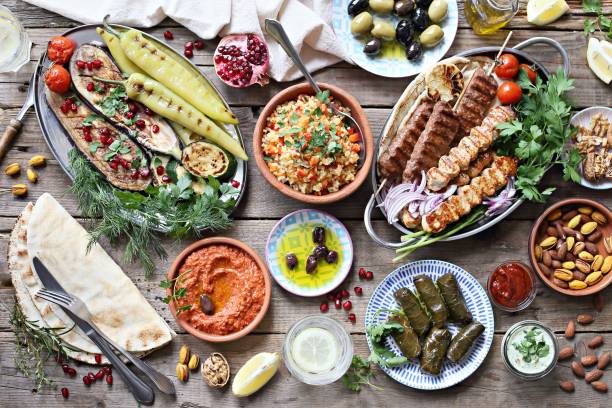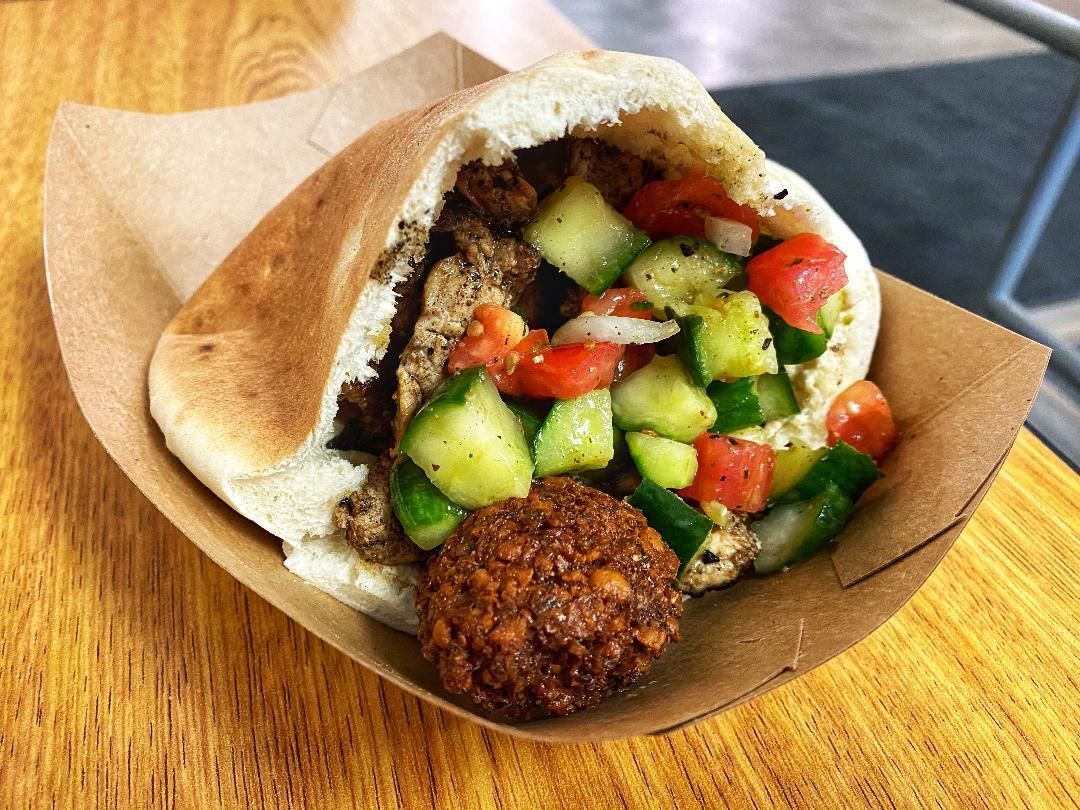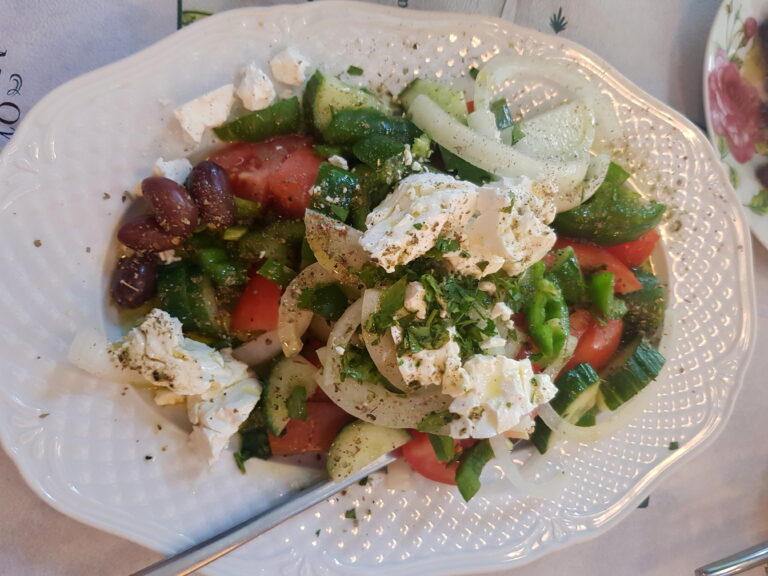Introduction: Cypriot cuisine vs. Greek cuisine
Cypriot cuisine and Greek cuisine may share many similarities due to their geographic proximity and historical ties, but they also possess distinct characteristics that set them apart from one another. Cypriot cuisine is influenced by a variety of cultures, including Greek, Turkish, and Middle Eastern, whereas Greek cuisine is primarily influenced by Mediterranean and Balkan cuisines. Therefore, while there may be some overlap, there are also many differences.
Influences on Cypriot cuisine
Cypriot cuisine is a combination of various cultural influences, ranging from Greek and Turkish to Middle Eastern and British. The island’s unique history of colonization, invasion, and immigration has contributed to the diversity of Cypriot cuisine. Some notable dishes in Cypriot cuisine are moussaka, halloumi cheese, and souvlaki, which have Greek roots. Other dishes, such as kleftiko (slow-cooked lamb), bulgur pilaf, and sheftalia (meat-stuffed sausages), reflect the Turkish influence. The use of spices, such as cinnamon and cumin, and herbs, such as mint and oregano, also demonstrate the Middle Eastern influence on Cypriot cuisine.
Traditional Cypriot dishes
Cypriot cuisine is known for its hearty and filling dishes, often featuring meat or seafood paired with grains, vegetables, and cheese. One of the most popular dishes is koupepia, stuffed vine leaves filled with minced meat, rice, and herbs. Another traditional dish is afelia, which consists of pork cooked in red wine with coriander seeds and bay leaves. Additionally, Cypriot cuisine is famous for its halloumi cheese, which is often served grilled or fried as a side dish or in a salad.
Greek dishes popular in Cyprus
Although Cypriot cuisine has its own distinct dishes, many Greek dishes are also popular in Cyprus. Souvlaki, gyros, and moussaka are all common Greek dishes that are widely enjoyed in Cyprus. Greek salads, made with feta cheese, tomatoes, cucumbers, and olives, are also a popular staple in Cypriot cuisine.
Differences in spices and seasonings
One of the most significant differences between Cypriot and Greek cuisine is the use of spices and seasonings. Cypriot dishes often use a combination of spices, such as cinnamon, cumin, and coriander, which are not commonly used in Greek cuisine. Greek dishes, on the other hand, tend to rely on herbs like oregano and dill for flavor.
Use of meats and seafood
Both Cypriot and Greek cuisines make use of meats like lamb, pork, and chicken, as well as seafood like squid, octopus, and fish. However, Cypriot cuisine is known for its extensive use of pork, while Greek cuisine tends to lean towards lamb. Additionally, Cypriot cuisine makes use of seafood, particularly in coastal areas, but it is not as prominent as in Greek cuisine.
Variations in bread and pastry
Bread and pastry also differ between Cypriot and Greek cuisine. In Cyprus, traditional bread is often made with a sourdough starter and is known as “tahinopita,” a sesame-seed-covered bread. In contrast, Greek cuisine is famous for its “horiatiko” bread, a crusty white bread, and its sweet pastries, such as baklava and galaktoboureko.
Conclusion: Appreciating the unique flavors of Cyprus
Cypriot cuisine has its own unique identity, influenced by a variety of cultures and traditions, that sets it apart from Greek cuisine. From hearty meat dishes to tangy halloumi cheese, Cypriot cuisine has something to offer for every palate. By exploring the distinct flavors and ingredients of Cypriot cuisine, one can truly appreciate the culinary diversity of the Eastern Mediterranean.












